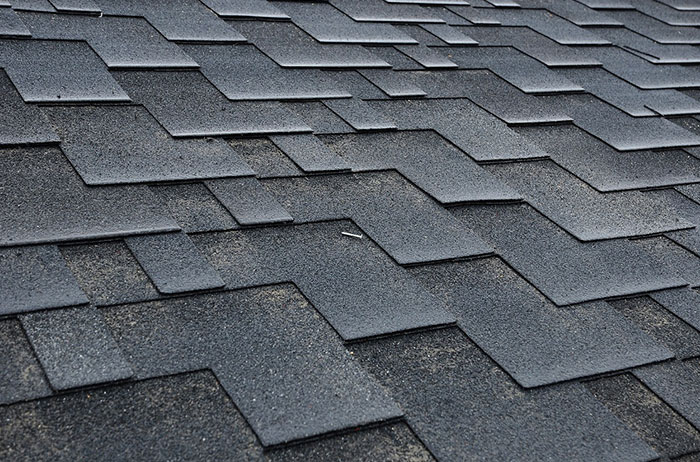Climbing up on top of the house is not to be taken lightly. According to Canada’s Occupational Health and Safety Magazine, over 40,000 workers are injured every year from falls. While this doesn’t relate to home injuries, it is a sobering statistic considering safety in the work place should be preventing such accidents from occurring. So, before you or your loved one decide to climb up on the roof, carefully consider proper safety measures, invest in quality safety gear, and ensure your confidence working in heights and with a ladder is solid.
- First, think about having the attic inspected for hazardous materials if it hasn’t been done before. Prevent everyone from exposure to dangerous chemicals or other biological materials such a rodent droppings.
- Do not go up on a steep roof if covered in ice and snow without proper harness equipment.
- Maintain proper hydration under extreme heat conditions to avoid dizziness or fainting.
- Be aware of any overhead power lines, solar panels, and HVAC equipment to avoid entanglements, stumbles, or worse.
- Never go up on the ladder when no one is around to call in the event of an emergency.
- Clear branches, leaves, construction materials, and tools from walk areas on the roof. A clear path should be maintained at all times. Remember that windy conditions can also turn items into dangerous flying objects. As you inspect or repair the roof, ensure a well-organized work space.
- Invest in appropriate safety gear: treaded boots, a hardhat, safety goggles, gloves, a safety harness, and a tool belt.
- Wear and use the tool belt to avoid dropping heavy tools and puncturing the roof membrane.
- Thoroughly inspect the ladder prior to usage for rust, wear, and tear.
- Ensure proper use of the ladder. A ladder leaned up improperly can cause expensive damage to siding, gutters, or can cause a slip.
- Use an extension ladder as it is recommended for inspecting a roof.
- Refrain from extending the ladder more than three feet above the roof as the waist should be kept below the roof line.
- Avoid stepping on the top three rungs of the ladder as the climber should always maintain a 3-point connection with the ladder. Therefore, memorize the rule of threes, and keep one hand or foot on the ladder at all times.
- Resist the urge to jump from one level of roof to another. Doing so can damage insulation and boards.
Be aware of changing weather to ensure you have enough time to come down from the roof in case of rain or lightning. - Avoid carrying too many materials at once. Only carry what you are capable of while climbing down the ladder. It’s better to take multiple, safe trips.
- Maintain your focus on the task at hand and refrain from looking around. You could lose your balance and equilibrium.
- If you do not feel confident up a ladder or with heights, simply budget for a professional to do the work. Small roof repairs can be remarkably affordable.
Your roof can be an obstacle course of skylights, Mother Nature’s wrath, and improperly placed tools. Use common sense and make safety a priority from setting up the ladder to coming back down. Gather the right safety equipment and don’t be too humble to ask a buddy to join you. Safety first!



